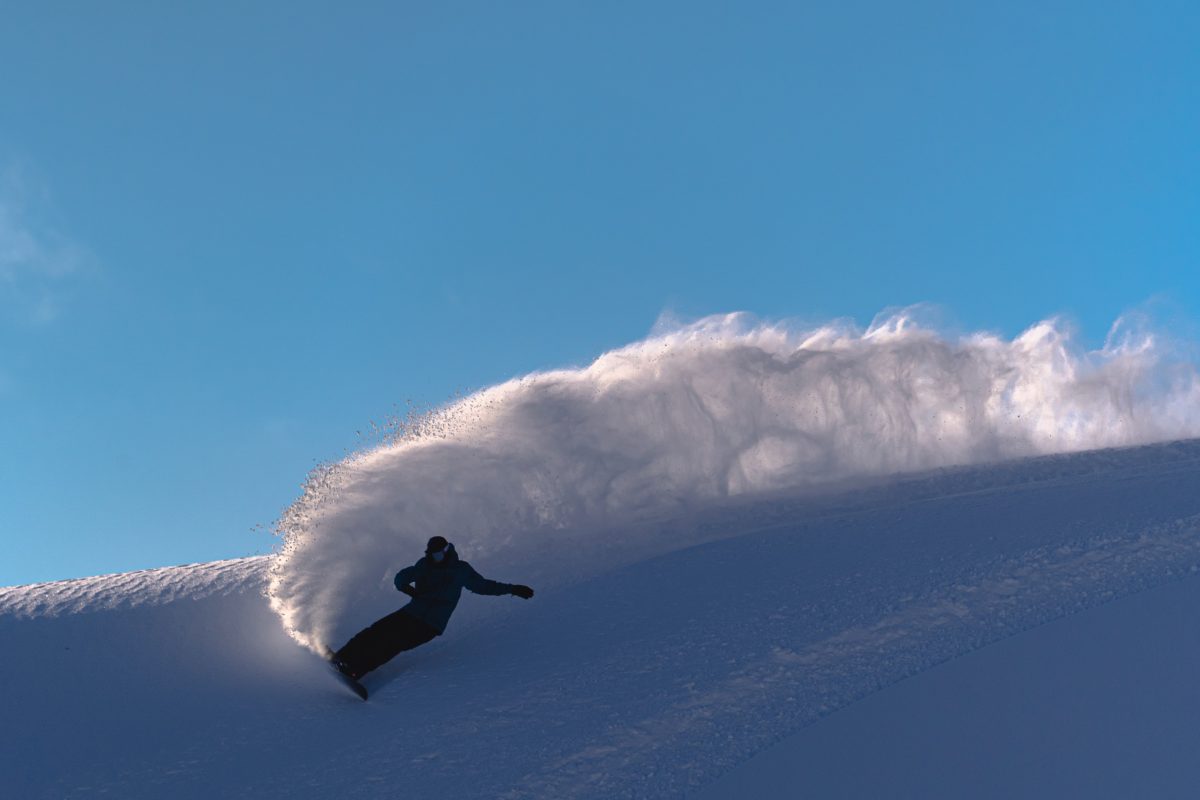Hakuba Norikura Onsen Ski Resort is located in Otari Village in the northern part of HAKUBA VALLEY.
The ski resort stretches north and south, but each course is not long, but there is a reason why it attracts core skiers. Let's ask Takuma Oike and Arata Suzumura, who continue to ski based here, about the appeal of the ski resort, and guide them to their favorite courses. This time it's snowboarder Suzumura New Edition. Click here for the previous edition of Takuma Oike
Photo/ Go Ito
What kind of place is Hakuba Norikura Onsen Ski Resort?
Hakuba Norikura Onsen Ski Resort (Hakunori) is located in the northern part of HAKUBA VALLEY in the northwestern part of Nagano Prefecture. As the name suggests, there is Wakakuri Onsen right at the foot of the ski resort, and the hot, brown water will soothe your body after slipping.
Otari Village has a particularly high amount of snowfall even within HAKUBA VALLEY, with an average annual cumulative snowfall exceeding 6m, and it is a heavy snowfall area where it can fall more than 50cm in a day. The cold air that often flows from the Sea of Japan during the season crosses over the Northern Alps, and in this area, the northernmost village of Otari is often the first place to drop snow. This location, with the Sea of Japan about 20km north, is similar to Myoko, a region of heavy snowfall, which is about the same distance to the Sea of Japan. As a result, snowfall often increases by 10 to 20 cm compared to other ski resorts in HAKUBA VALLEY.
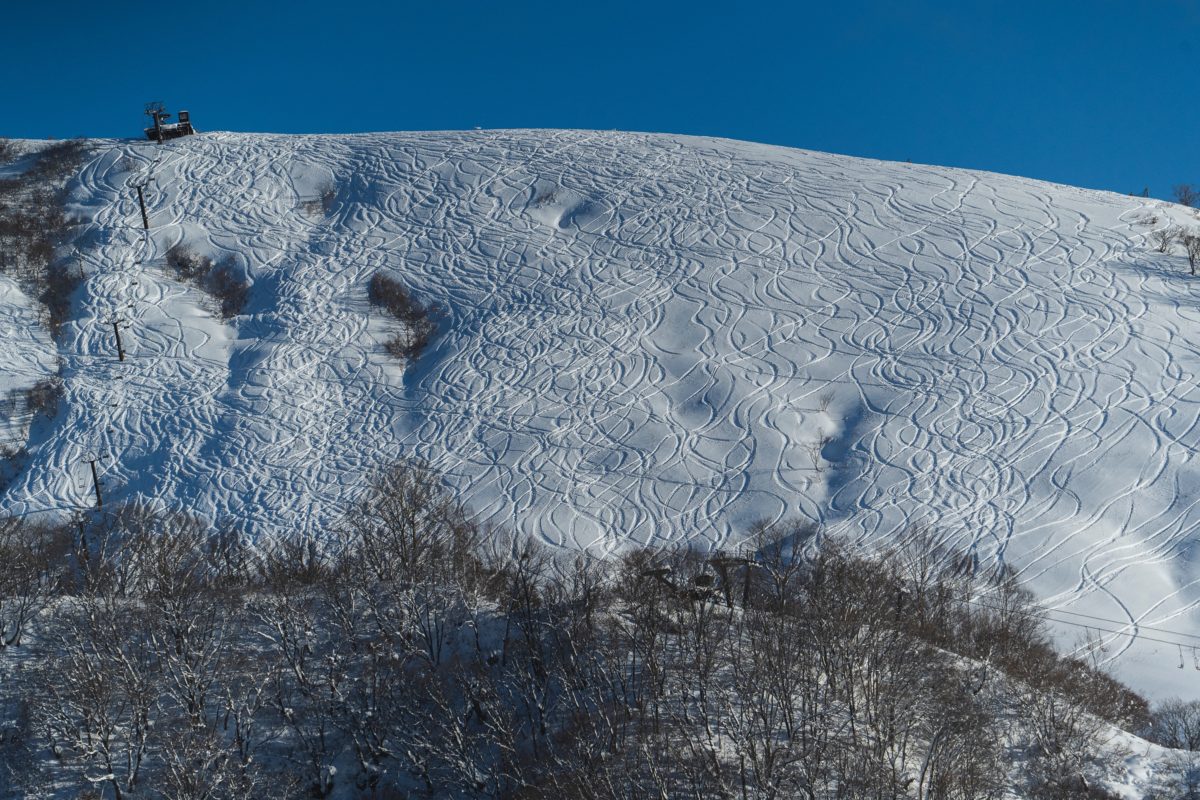
How Arata Suzumura, who continues to ski in the Hakuba area, chose Hakunori
Arata Suzumura has been skating in the Hakuba area for over 20 years.
He used Happo-one as his base before skating on ski slopes and backcountry areas. At that time, he met and studied with Tomohiro Shakawa, who was pioneering fields throughout Hakuba, and started a guide business at the Color Sports Club. However, at a certain point, he left the guiding business and devoted himself to riding activities. At that time, he was skiing in Happo in the morning and continuing the routine of skiing in the Otari ski area in the afternoon. Then, gradually, I started to worry about the snow in the Otari area, which has been slipping since noon.
Otari not only had more snow than Hakuba, but there weren't many people skating, so it was relatively easy for good snow to remain.
"This is a little different from Hakuba," he said, and began to observe the area. Happo has a high altitude, so you can access the alpine area by lift and the scale is large. However, it is easily affected by the wind and is often packed. However, the leeward slopes of Kotani tend to accumulate more snow than Hakuba. Since it is located closer to the Sea of Japan, I have an image that if there is a slight chill, clouds will gather around the Great Collapse of Mt. analyse. While commuting to Otari, Arata Suzumura sensed such things and searched for a place to live in Otari.
From here, I tried to explore the charm of Hakunori from Arata Suzumura in a question-and-answer format. Please check it out along with the image video that focuses on him.
Three courses of Hakunori that Arata Suzumura often skis
Q. Please tell us about the characteristics of Hakunori in your own words.。
A.Actually, back in the day, there was a boarder cross course on Lift No. 5 in Hakunori, and I skied there to become a pro. It was the first time in this area that snowboards were open, and there were several halfpipes. There was also a big competition and it was exciting. At that time, famous people would come out of the forest with big smiles and say, "The topography here is nice."
The ski resort is not long vertically, but it is wide and compact. It's very interesting when you can get a good line. It may be hard to feel when you are skiing on the course, but once you understand the lines that connect small swells and such topography, you will find a variety of ways to play. Also, the base of the ski resort has a wide gentle slope, so even when friends come with their children, it's nice to be able to ski without feeling too crowded.

Then hot springs. Alps Hotel, Wakaguri Onsen, and Shimosarase Onsen (Sante-inn Otari) just down the national highway. This is because it is the only place in HAKUBA VALLEY that has “hot spring” in its name. One of the real pleasures is being able to casually soak in the bathtub after skiing.
Q. Could you name your three favorite courses?
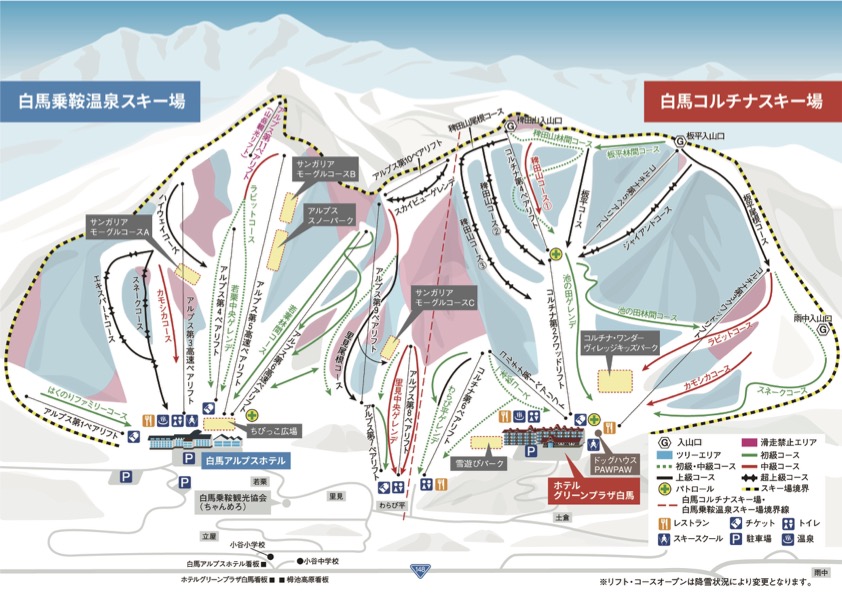
A.First of all, "Wakaguri Rinkan Course".
Coniferous trees surround both sides of the pair lift on this course, and just riding it makes me feel good. The slopes are really suitable for beginners. There is also a detour course that runs through the forest, and there are small banks here and there, so you can play without speed. The forest between these detours has a slope that even children can enter, so even beginners can enjoy the fun of sliding through the trees.
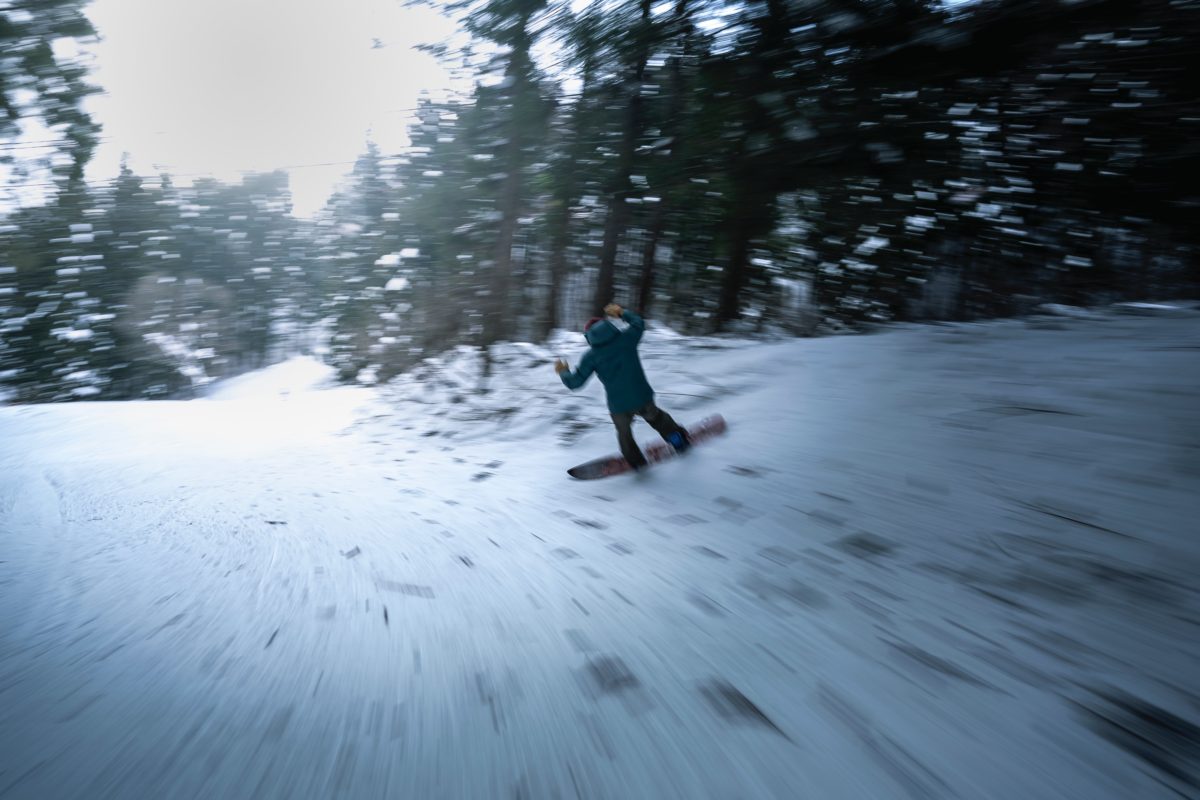
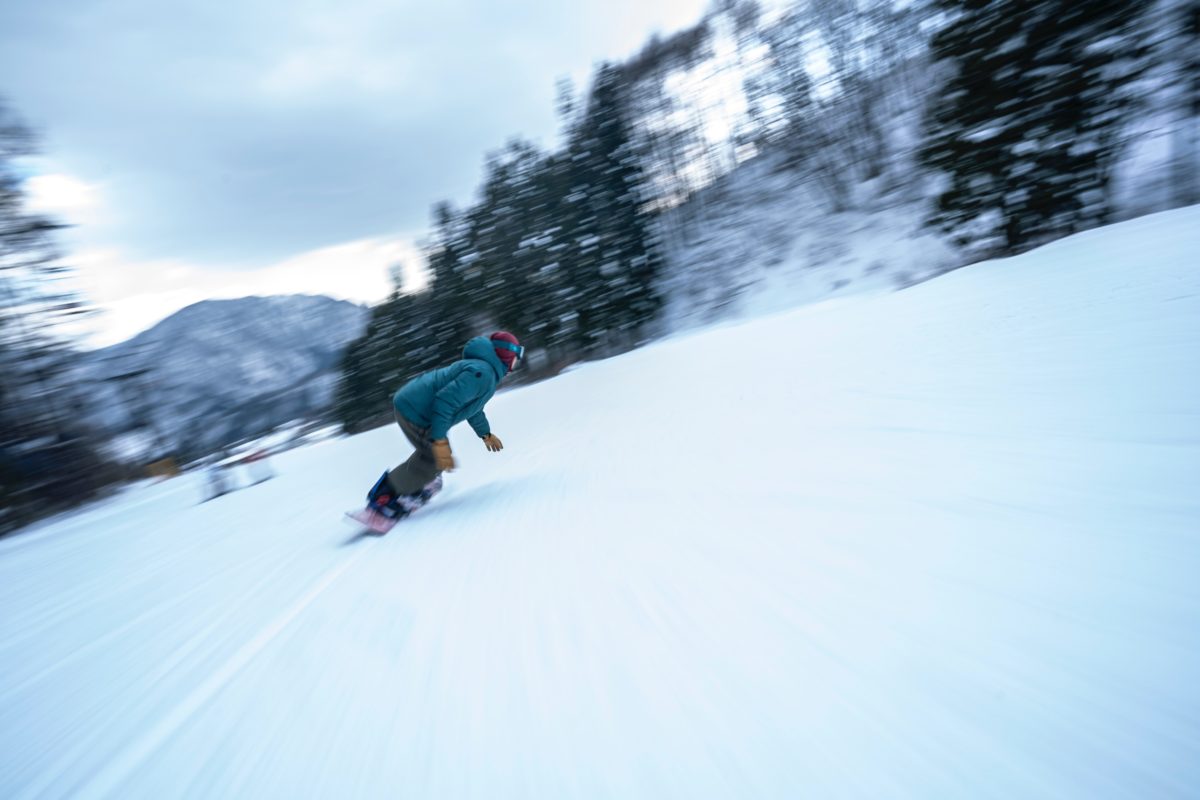
It's a fixed concept that gentle slopes are boring, and I try to enjoy gentle slopes as much as I can.
If you look closely, this mellow slope is also subtly undulating. It's the same with small banks, and it's a good idea to look around the slopes of the rider's right of the course, and the topography connected to the lift pillars. In addition, for example, try making many turns on short boards or boards with strong curves. The whole course is in valley terrain that avoids the wind, so there is no problem here even when the conditions are tough.
The second is the "Highway Course".
From the top, you can see the Northern Alps such as Hakuba Sanzan, Mt. Karamatsudake, and Mt. Goryu. The first slope after getting off the lift is comfortable in the early morning, but it tends to get hard, so be careful. It's a pretty hard side when it gets rough.
My favorite part is when the first slope ends and the course winds to the left. There is a big bank of regulars here, and I really like the turn that I hit there.
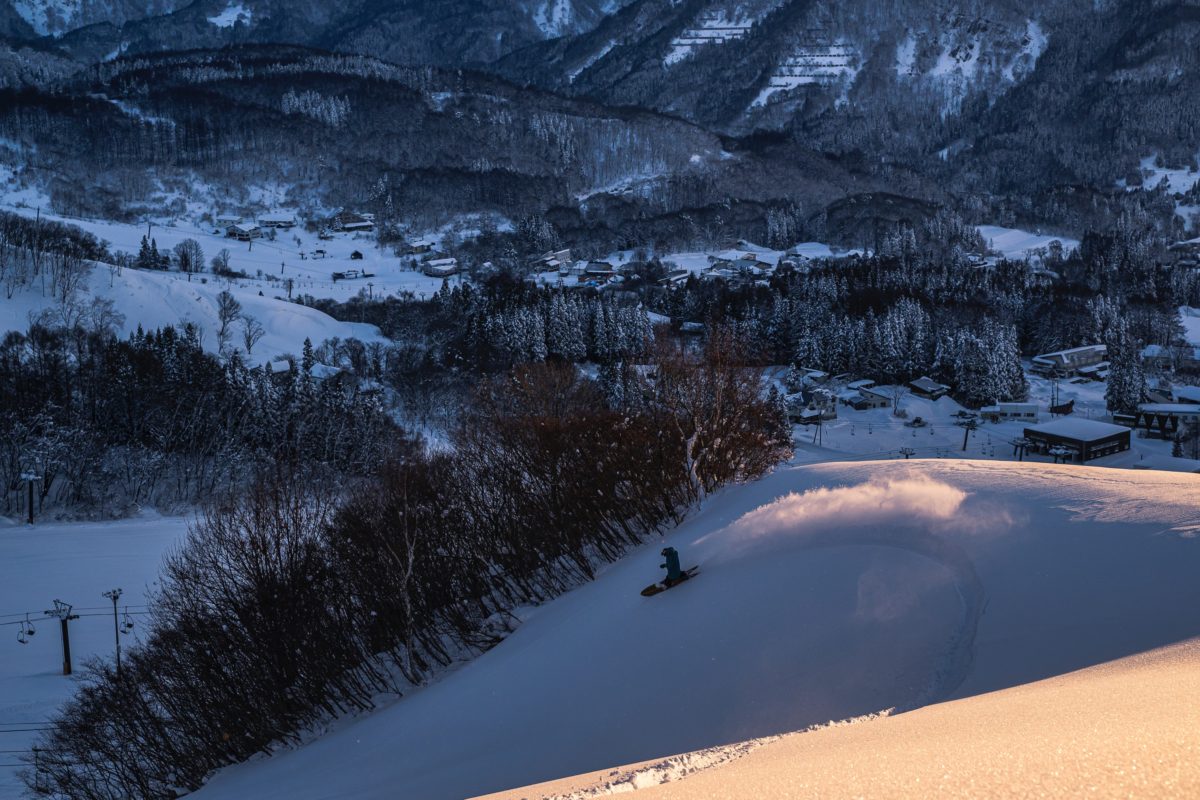
Since the regular side is a wall topography, it slides to the bottom while hitting it like a wave ride. The slope is moderately one-sided with gentle swamp terrain, and the compacted snow is neatly arranged, so it is easy to bite the edge of the toe, and you can maintain a speed that makes it easy to hit the next wall, and you can comfortably connect the turns. I can. Also, the first big bank faces the north, so it's a good place to trust the quality of the snow and plunge into it as hard as you can.
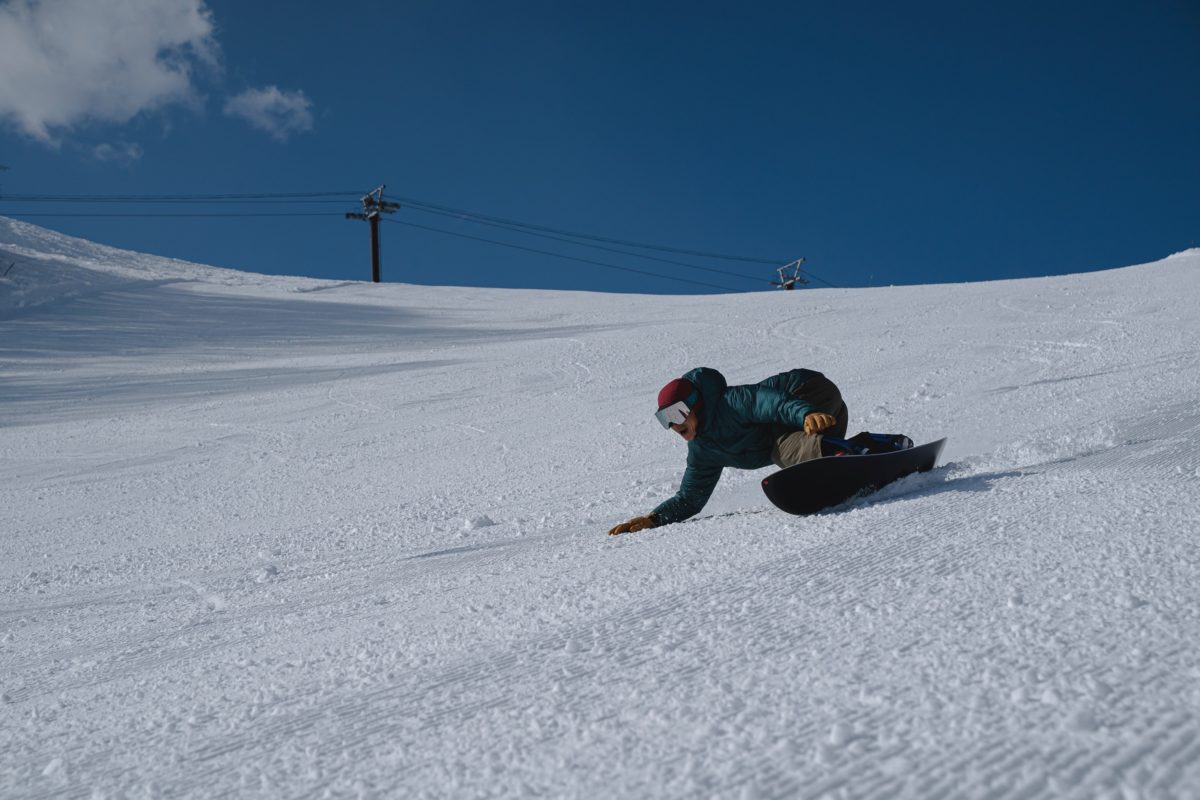
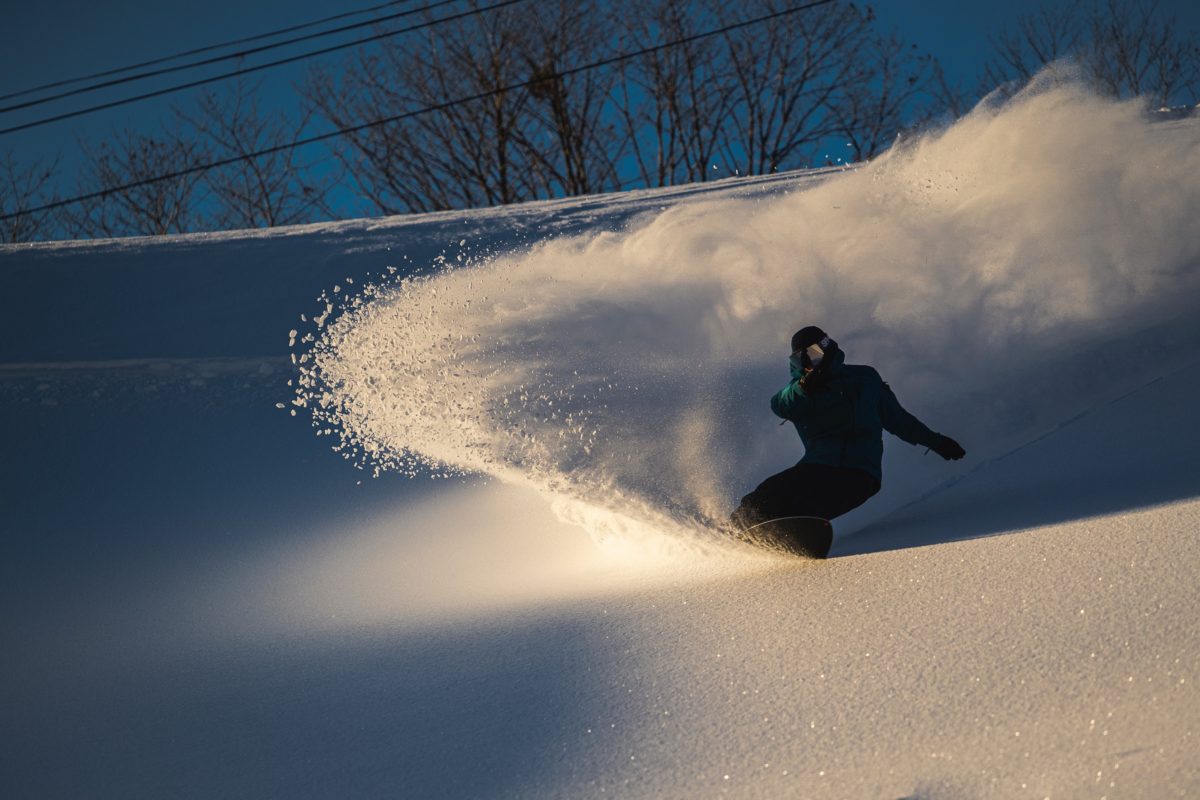
The last is the "serow course". It is a course that slides straight on the ridge separately from the swamp terrain from the middle part of the highway course. It's the best place for those who enjoy carving on the compacted snow slopes by connecting the speed from the top of the highway course. The narrow course on the ridge widens as you go to the bottom, so it's fun to ski while changing the arc of the turn. It is also popular with skiers who drop vertically.
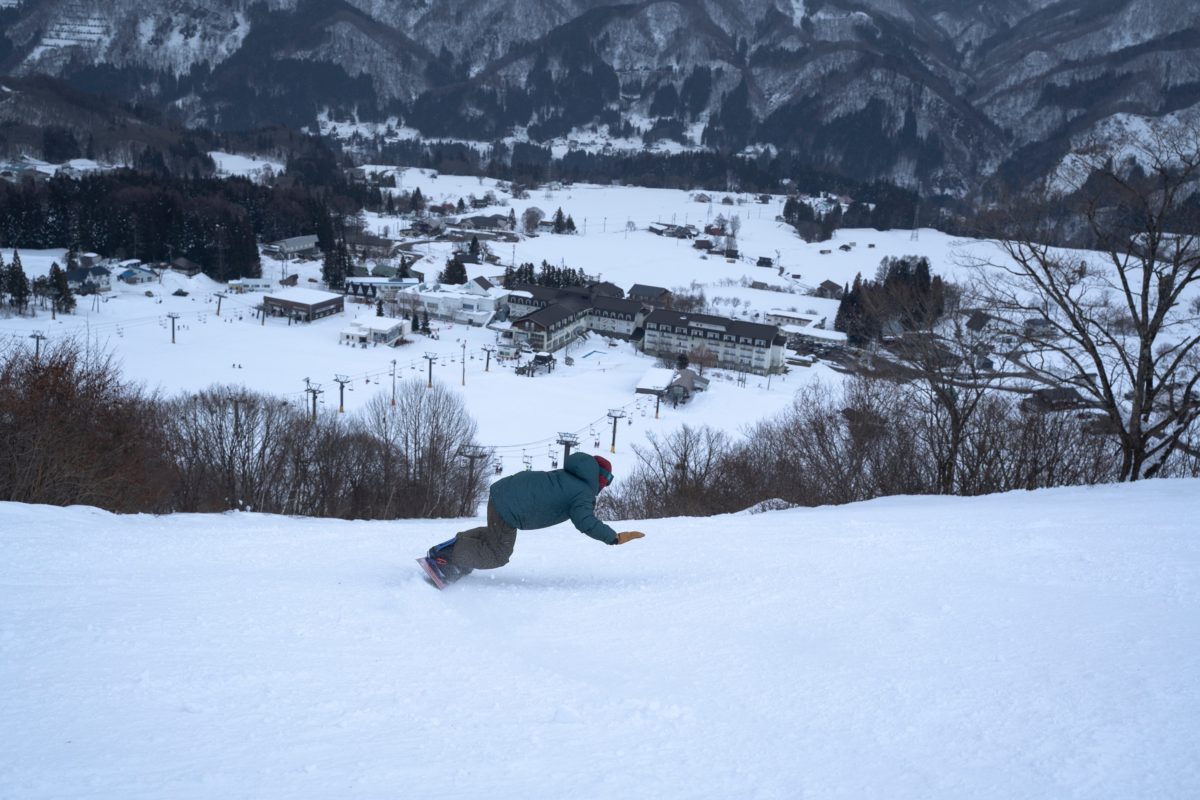
Q.Please tell me about the newly established 11-line lift.。
A. Regarding the use of line 11, the outline is the same as what Takuma said last time The steepest slope is immediately after getting off the lift. It's definitely a difficult area. The northern slope facing the Cortina side is steep at the far end and gradually becomes mellow, but you have to be very careful on the upper part.
The terrain is prone to avalanches because the north wind easily hits and wind slabs can occur. The snow is often unstable, so extreme caution is required. If you're on top, keep an eye out for avalanches from above, and on the other hand, keep an eye out for avalanches from below.
There is also a route that slides through to Oyazawa on the Tsugaike side, but there is a lot of sideways movement, so if the snow is too deep, you will get stuck. Don't enter alone, be sure to accompany skiers and carry ski poles with you.
The location accessed by the 11 lift is an uncontrolled mountainous area. To put it bluntly, this is a place for people who are good at backcountry skiing. If you think you'll be fine because you're wearing a helmet and carrying avalanche gear, practice using the gear before skiing here, and learn how to deal with accidents before you go.
I want you to be conscious of the fact that it is a lift that spans a mountainous area.
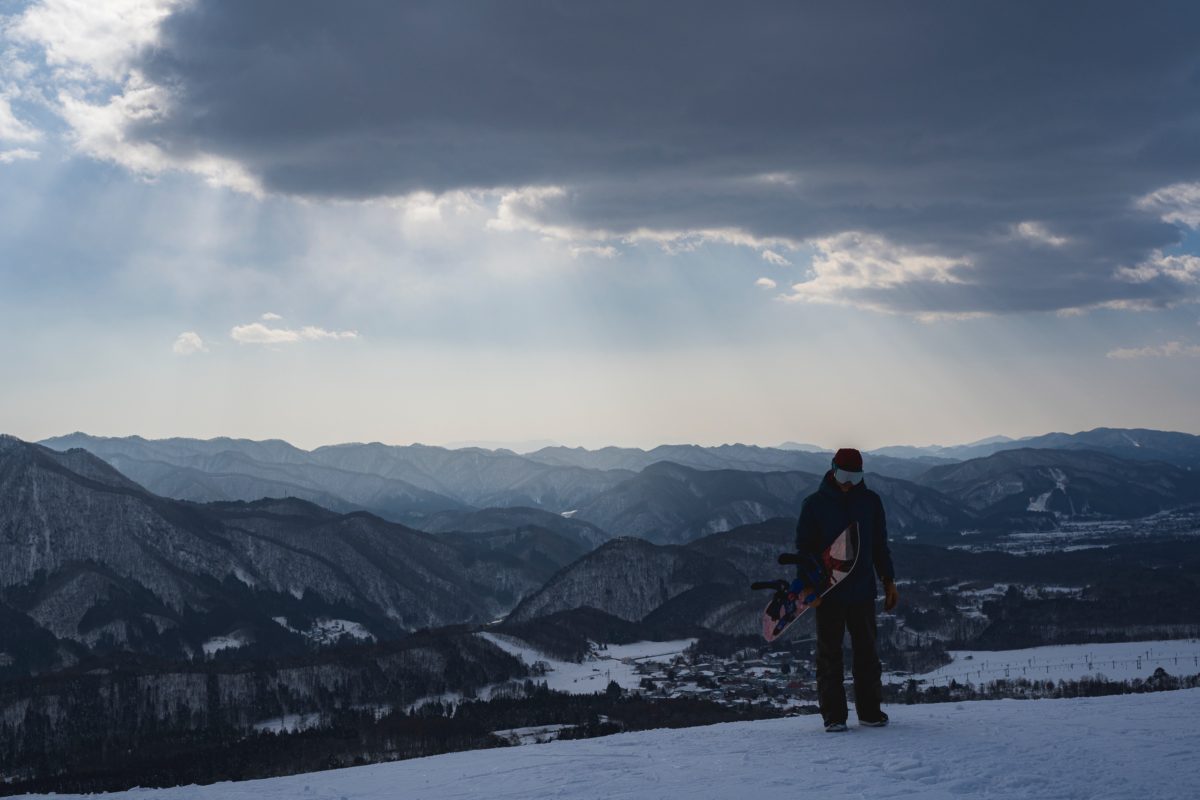
<The person who taught me>
Arata Suzumura
Since the 1990s, while living in snowy mountains in North America as a base, he seeks waves in Southeast Asia and Sri Lanka when there is no snow. In Japan, I spent my life aiming for large slopes around the Hakuba area. In 2019, he moved to Otari village and runs a guest house "Oyado WOOD", while following the mountains and the sea along the flow of the four seasons.
Born in 1977 Born in Aichi / Lives in Otari Village
Instagram: aratasuzumura
■Information
Hakuba Norikura Onsen Ski Resort
〒399-9422 Hakuba Norikura Highlands, Otari Village, Kitaazumi-gun, Nagano Prefecture
Official Website: https://www.hakunori.com/
Official SNS: Instagram | Facebook | YouTube

